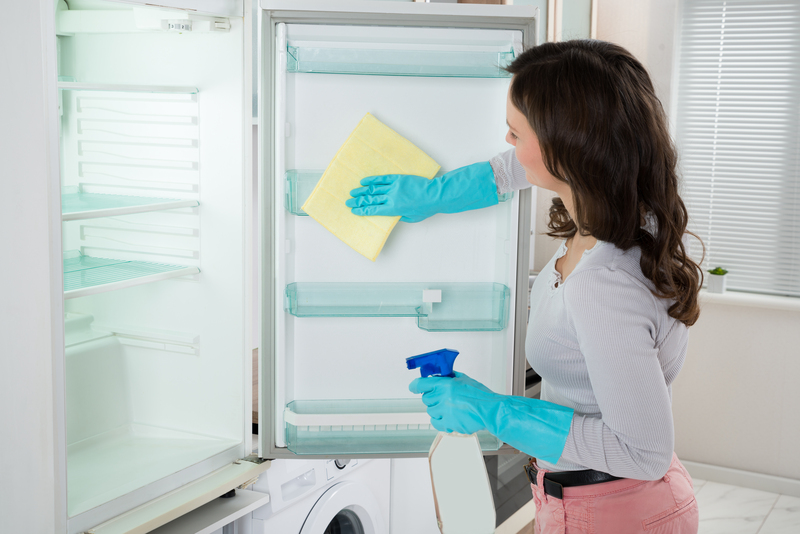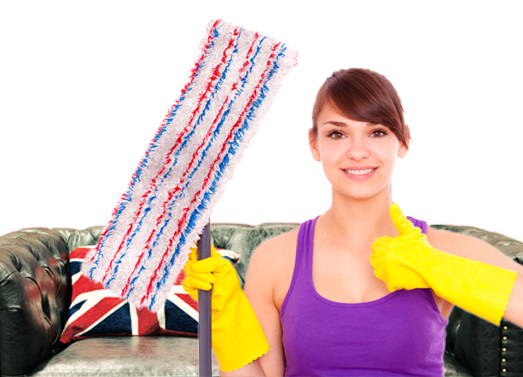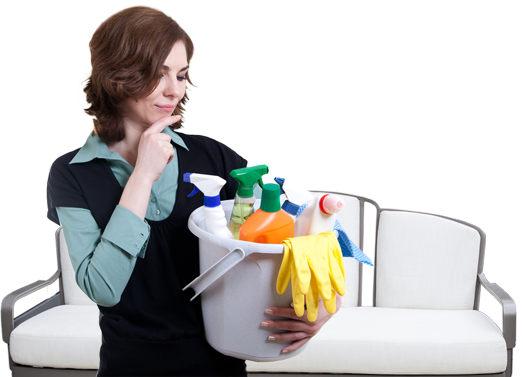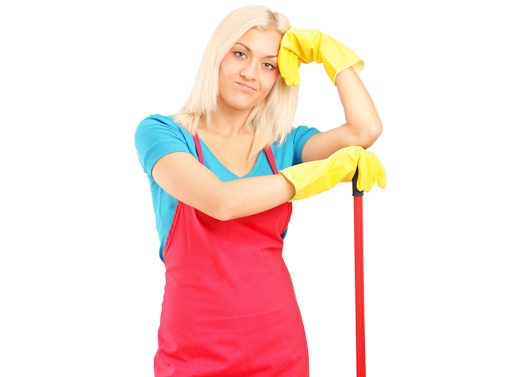Introduction to Cleaning Floors
Posted on 04/11/2024
Introduction to Cleaning Floors
Keeping floors clean is crucial for maintaining a healthy and aesthetically pleasing environment. Whether it's in a home, office, or public space, clean floors contribute to the overall hygiene and appearance of the area. This article provides an introduction to cleaning floors, covering different types of flooring, recommended cleaning methods, tips for efficiency, and the pros and cons of various techniques.
Types of Flooring and Their Cleaning Needs
The first step in effective floor cleaning is understanding the type of floor you are dealing with. Different materials require specific cleaning methods to avoid damage and achieve the best results.

Hardwood Floors
Hardwood floors are elegant and durable but require special care to maintain their appearance. Avoid excessive water to prevent warping and use cleaners specifically designed for wood.
Tile Floors
Tile floors are popular in kitchens and bathrooms due to their durability and ease of cleaning. Regular sweeping can prevent dirt buildup, and periodic mopping with a mild cleaner keeps tiles sparkling.
Carpeted Floors
Carpets add warmth and comfort but can harbor dust and allergens. Regular vacuuming is essential, along with occasional deep cleaning using steam cleaners or professional services.
Vinyl and Laminate Floors
Vinyl and laminate floors are affordable and easy to maintain. Avoid abrasive cleaners that can scratch the surface, and mop with a gentle solution suitable for these materials.
Effective Cleaning Methods
Now that we have identified the different types of floors, let's explore the most effective cleaning methods for each:
- Sweeping and Vacuuming: Regular sweeping or vacuuming prevents dirt and debris buildup, making it an essential first step in floor cleaning.
- Mopping: Use a damp mop with a suitable cleaner to remove grime and stains. Remember to wring out excess water to avoid damage.
- Steam Cleaning: Particularly useful for carpets and tiles, steam cleaning provides a deep clean by removing embedded dirt and allergens.
- Spot Cleaning: Address spills and stains immediately to prevent permanent damage. Different stains require specific treatments, so keep a variety of cleaners on hand.
Tips for Efficient Floor Cleaning
Maintaining clean floors can be time-consuming. Here are some tips to make the process more efficient:
- Create a Cleaning Schedule: Regular cleaning prevents dirt buildup, making the task less daunting. Plan a weekly schedule for high-traffic areas and monthly deep cleaning sessions.
- Use the Right Tools: Invest in quality cleaning tools such as microfiber mops, good vacuum cleaners, and appropriate cleaning agents for different floor types.
- Declutter First: Move furniture and other items out of the way to ensure thorough cleaning. This also prevents damage to both the items and the floor.
- Protect Your Floors: Use mats and rugs in high-traffic areas to reduce wear and tear. Place protective pads under furniture legs to prevent scratches.
Pros and Cons of Different Cleaning Methods
Each floor cleaning method has its pros and cons. Here's a quick overview:
Sweeping and Vacuuming:
- Pros: Quick, effective for daily maintenance, suitable for all floor types.
- Cons: Doesn't remove all grime and stains, may require additional steps for thorough cleaning.
Mopping:
- Pros: Removes embedded dirt, leaves floors looking fresh.
- Cons: Can be labor-intensive, improper use can cause water damage.
Steam Cleaning:
- Pros: Deep cleaning, sanitizes surfaces, good for carpets and tiles.
- Cons: Expensive equipment, not suitable for all floor types.
Spot Cleaning:
- Pros: Effectively targets stains, prevents permanent damage.
- Cons: Time-consuming, requires knowledge of specific stain treatments.

Takeaways
Here are the key takeaways for maintaining clean and beautiful floors:
- Identify your floor type and use the appropriate cleaning method.
- Create a regular cleaning schedule for ongoing maintenance.
- Invest in quality tools and cleaning agents to ensure effective cleaning.
- Protect your floors from wear and tear with mats, rugs, and furniture pads.
Conclusion
Understanding the basics of floor cleaning is essential for maintaining a clean and healthy environment. By identifying the type of flooring, using appropriate cleaning methods, and following a regular maintenance schedule, you can keep your floors looking their best with minimal effort. Remember to weigh the pros and cons of different cleaning methods and invest in quality tools to make the job easier. With these tips and takeaways, you'll be well on your way to mastering the art of floor cleaning.
```





